where to put moving head lights? | Insights by LQE
- Comprehensive Guide to Mounting Moving Head Lights in LED Stage Lighting
- 1. What Are Moving Head Lights?
- 2. How Do Moving Head Lights Work?
- 3. What Are the Key Components of a Moving Head Light?
- 4. What Are the Different Types of Moving Head Lights?
- 5. How Do You Mount Moving Head Lights Safely?
- 6. What Are the Power and DMX Addressing Requirements?
- 7. What Are Common Mounting Issues and How Can They Be Troubleshot?
- 8. What Are the Safety Guidelines for Installing Stage Lights?
- 9. How Do Moving Head Lights Differ from Scanners?
- 10. What Are the Advantages of Using LED Moving Head Lights?
- Conclusion: Why Choose LQE for Your Moving Head Lighting Needs?
Comprehensive Guide to Mounting Moving Head Lights in LED Stage Lighting
Moving head lights are integral to modern stage lighting, offering dynamic and versatile illumination for various performances. Proper mounting and positioning are crucial to ensure optimal performance and safety.
1. What Are Moving Head Lights?
Moving head lights are intelligent lighting fixtures capable of panning, tilting, zooming, and projecting effects with precision. This flexibility allows lighting designers to position beams anywhere in a space, creating a constantly evolving look that matches the energy of the performance.
2. How Do Moving Head Lights Work?
These fixtures operate through motorized movements controlled via DMX (Digital Multiplex) protocols, enabling adjustments in brightness, color, gobo patterns, and movement speed. The LED source offers vivid colors through RGBW or other multi-color engines, often with seamless blending.
3. What Are the Key Components of a Moving Head Light?
Base (Yoke): Houses the motors, control systems, and mounting points.
Head: Contains the light source, optics, and mechanisms for pan and tilt movements.
Mounting Bracket: Secures the fixture to trusses or stands.
Safety Cable: Provides an additional security measure to prevent accidental drops. ((https://www.lqelighting.com/mounting-moving-head-lights-guide.html?utm_source=openai))
4. What Are the Different Types of Moving Head Lights?
Beam Moving Heads: Produce narrow, high-intensity beams suitable for aerial effects.
Wash Moving Heads: Offer wide, diffused light for ambient illumination.
Spot Moving Heads: Provide focused beams with adjustable focus and gobo patterns.
Profile Moving Heads: Combine features of spot and wash lights, allowing for versatile effects.
5. How Do You Mount Moving Head Lights Safely?
Rigging: Attach the moving head light to a truss or stand using appropriate clamps and hardware. Ensure the mounting point can support the fixture's weight and movement.
Safety Cables: Always use safety cables to secure the fixture. Attach the cable to a solid anchor point, not the fixture's handles, and ensure it's tensioned without restricting movement.
Cable Management: Route power and DMX cables neatly to prevent tripping hazards and ensure proper signal transmission. Use cable ties or other appropriate cable management solutions. ((https://www.lqelighting.com/mounting-moving-head-lights-guide.html?utm_source=openai))
6. What Are the Power and DMX Addressing Requirements?
Power Supply: Verify that the power supply meets the voltage and wattage needs of the moving head light. Avoid overloading circuits or using inadequate electrical connections.
DMX Addressing: Assign a unique DMX address to each fixture to control them individually or in groups. Properly patching your DMX universe is essential to prevent malfunctions. ((https://www.lqelighting.com/mounting-moving-head-lights-guide.html?utm_source=openai))
7. What Are Common Mounting Issues and How Can They Be Troubleshot?
Misalignment: If the lights are not aligned as desired, recheck the mounting brackets and ensure they are securely fastened. Adjust the lights and use a level for proper alignment.
Instability: If the lights are shaking or moving during operation, tighten all clamps and readjust the mounting brackets. Ensure a stable and secure connection to eliminate any movement.
Uneven Light Distribution: Adjust the angles and positions of the lights. Experiment with different angles and fine-tune until the desired effect is achieved. ((https://www.lqelighting.com/mounting-moving-head-lights-guide.html?utm_source=openai))
8. What Are the Safety Guidelines for Installing Stage Lights?
Weight Limits: Be mindful of the weight limits specified by the manufacturer for both the mounting brackets and the truss or stands. Overloading them can lead to accidents and equipment damage.
Secure Connections: Double-check all connections, such as power cables and DMX signal wiring, to ensure they are properly secured. Loose connections can lead to intermittent operation or signal loss.
Heat Management: Ensure proper ventilation around the lights and avoid mounting them near combustible materials. Install cooling fans or use heat-resistant materials as necessary. ((https://www.lqelighting.com/mounting-moving-head-lights-guide.html?utm_source=openai))
9. How Do Moving Head Lights Differ from Scanners?
Moving head lights have a movable head that contains the light source, allowing for versatile positioning. In contrast, scanners have a fixed light source, and the light beam is directed using mirrors or prisms. This structural difference leads to distinct operational characteristics.
10. What Are the Advantages of Using LED Moving Head Lights?
Energy Efficiency: LEDs consume less power compared to traditional lamps.
Long Lifespan: LEDs have a longer operational life, reducing maintenance costs.
Instant On/Off: LEDs can turn on and off instantly, which is critical for dynamic light shows. ((https://www.lqelighting.com/mounting-moving-head-lights-guide.html?utm_source=openai))
Conclusion: Why Choose LQE for Your Moving Head Lighting Needs?
LQE offers a range of high-quality moving head lights designed for professional stage lighting applications. Our products are known for their durability, advanced features, and ease of use, ensuring your lighting setup is both effective and reliable. Choose LQE for innovative lighting solutions that meet your performance requirements. ((https://www.lqelighting.com/mounting-moving-head-lights-guide.html?utm_source=openai))
By understanding the fundamentals of mounting and positioning moving head lights, you can enhance your stage lighting setup, creating dynamic and immersive experiences for your audience.
1000w
Do You Supply After-Sale Service?
LQE lighting offers 7x24 hrs systematic SOP customer support with dedicated personnel, ensuring quick and comprehensive assistance for stage lighting needs.
Does LQE Offer Customized Stage Moving Light Solution?
An experienced R&D team can provide customized digital stage lighting OEM/ODM solution service to meet clients’ unique demands from global markets, such as customized CRI parameter, Ingress protection rating, effect, etc.
What Kind of Certificates You Offer?
All kinds of certificates could be offered by LQE digital moving light factory, which depends on customer’s required, different pricing plan for different approval.
Distributor
Can LQE help with product training and technical guidance?
Absolutely. We offer remote training sessions, user manuals, installation guides, and continuous technical support to help your team understand and sell our products with confidence.
What are the advantages of becoming an LQE distributor?
Access to high-performance, patented lighting products
Competitive factory pricing and excellent profit margin potential
Strong R&D capabilities with 80+ national patents
Reliable production capacity: 100,000 units annually
Dedicated account manager to support your growth
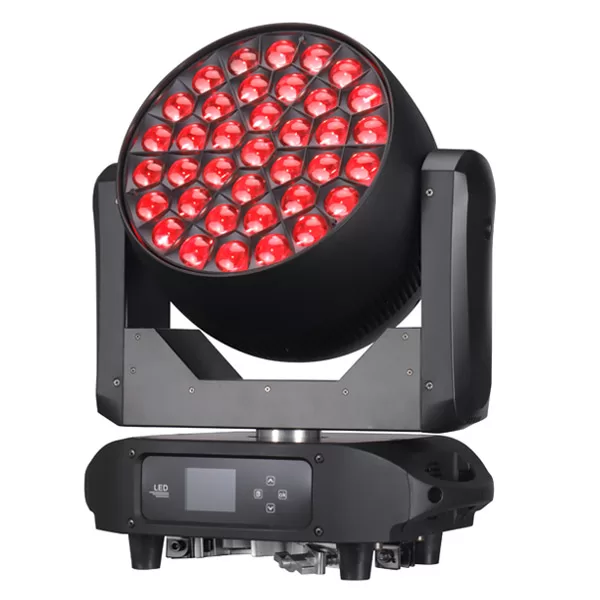
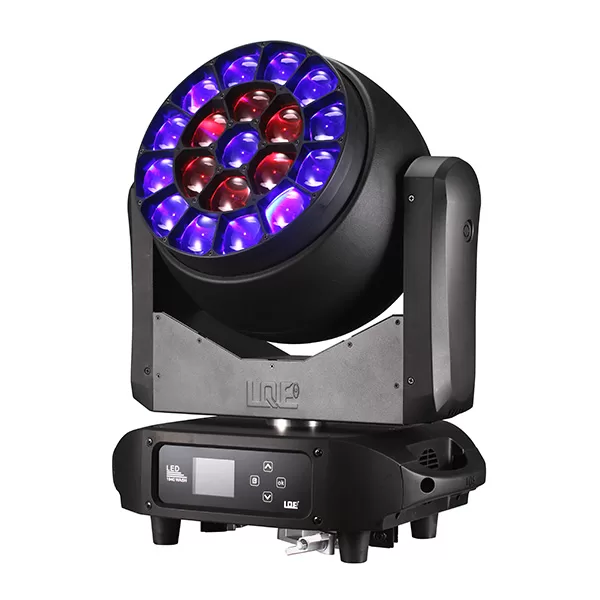
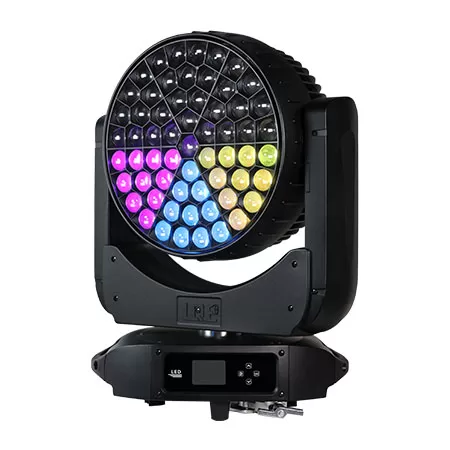
Want to learn more information?
[Reach out to us and receive professional guidance, a personalized quote, and the best solution for your needs.]

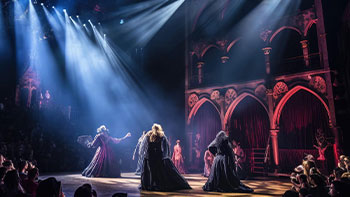
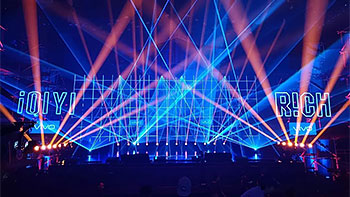
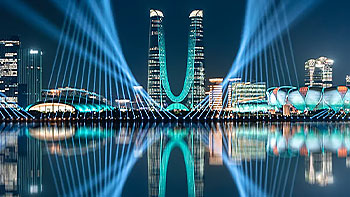
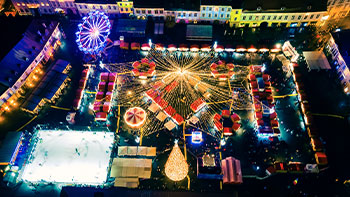
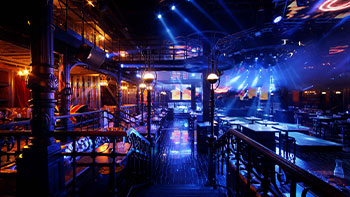
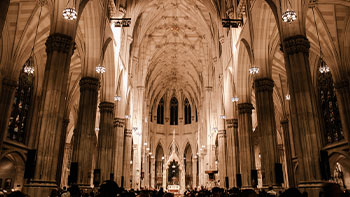






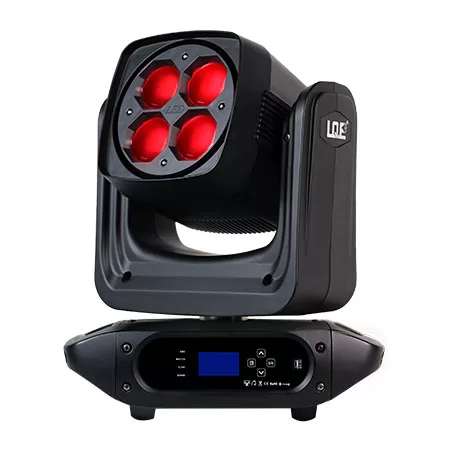
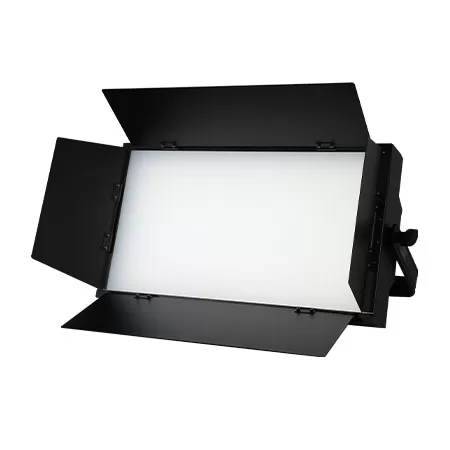
Linkedin
YouTube
Whatsapp: +8618924548390
TikTok